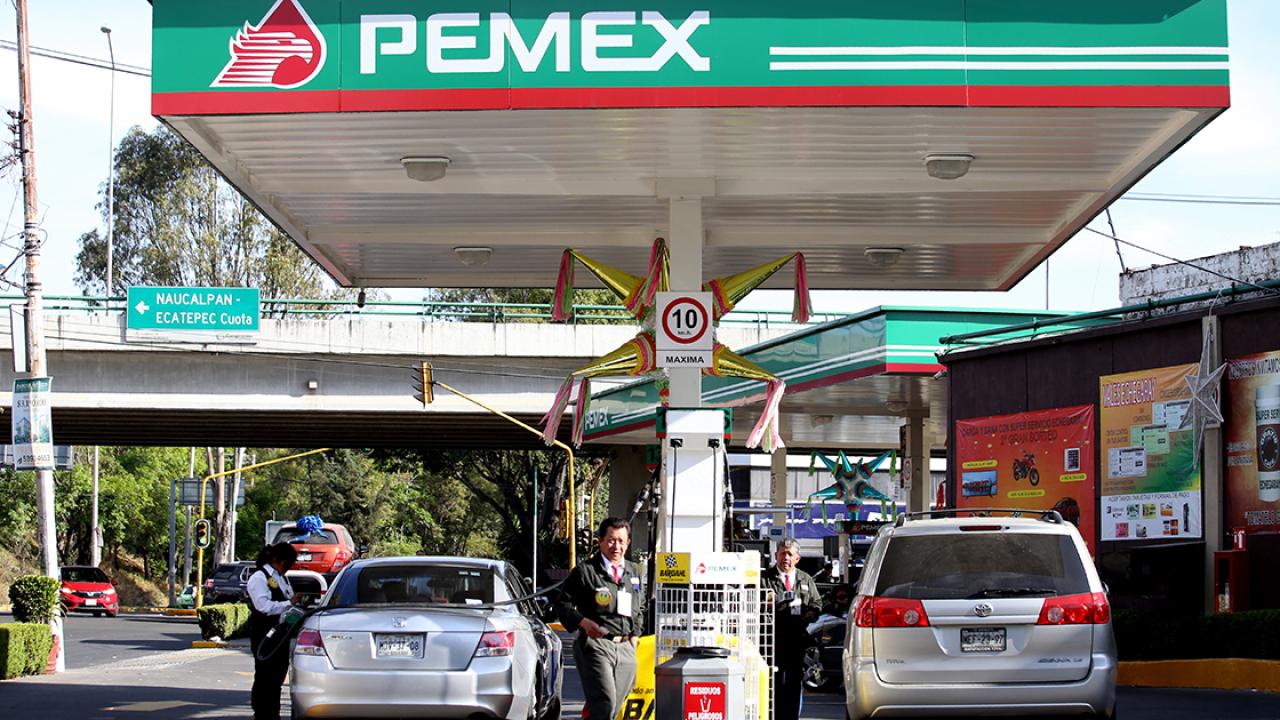
The increase in international oil and gasoline prices is explained by several factors, including the expectation of greater demand for energy in various regions of the world.
At the start of 2025, gasoline and diesel prices in Mexico have begun to rise, but so have gasoline and oil prices internationally.
As of the close of trading on January 6, the price of U.S. Gulf Coast gasoline (an international benchmark) had risen 2%, from $2.01 to $2.05 per gallon.
While the price of US West Texas Intermediate (WTI) oil has increased by 3.31% so far in 2025, from US$71.71 to US$74.25 per barrel.
The increase in oil prices is explained by concerns about the supply of raw materials in Russia and Iran (due to economic sanctions imposed by Western powers), in addition to the fact that higher than anticipated demand is expected from China.
This would lead to a shortage of crude oil, which is why the price of the raw material is rising.
This increase in international prices, coupled with the update of the Special Tax on Production and Services (IEPS) rates, have caused the prices of Magna gasoline and diesel in Mexico to currently be at historic highs.
Regular gasoline or Magna was sold this Thursday, January 9, at 24.23 pesos per liter (US$ 1.18), a historical maximum never seen before and which also represents an increase of 20 cents or 0.83% so far in 2025.
Diesel was sold at 25.99 pesos per liter (US$1.27) on Thursday, also a record high and an increase of 1.05% or 27 cents, according to data from the PETROIntelligence platform.
While Premium gasoline had an average price nationwide of 25.56 pesos (US$ 1.24), which while not a historical maximum, does represent an increase of 0.75% or 19 cents in 2025.
Ana Azuara, a commodities analyst at Banco Base, said the increase in international oil and gasoline prices is explained by several factors, including the expectation of greater demand for energy in various regions of the world.
“Right now in January it is very cold in the United States, Mexico and Europe, so evidently the low temperatures have put upward pressure on energy prices in general due to the expectation of greater demand for heating fuels,” he said.
He added that this is compounded by the expectation of increased demand in China (one of the world's main oil consumers), and the expectation that there will be greater economic sanctions against Russia and Iran that could compromise crude oil production in those countries, which would put the global oil supply at risk.
“Right now, prices are rising, and while there are risks that supply will not grow as much as demand, that will not necessarily happen in the future. With Trump, U.S. oil production does have the potential to increase,” he said.
In Mexico, taxes and the price of oil are the two main components of the final price of gasoline that motorists pay at service stations when they go to fill up their tank.
About two out of every three pesos that consumers pay for each liter of gasoline come from taxes and the cost of crude oil.









